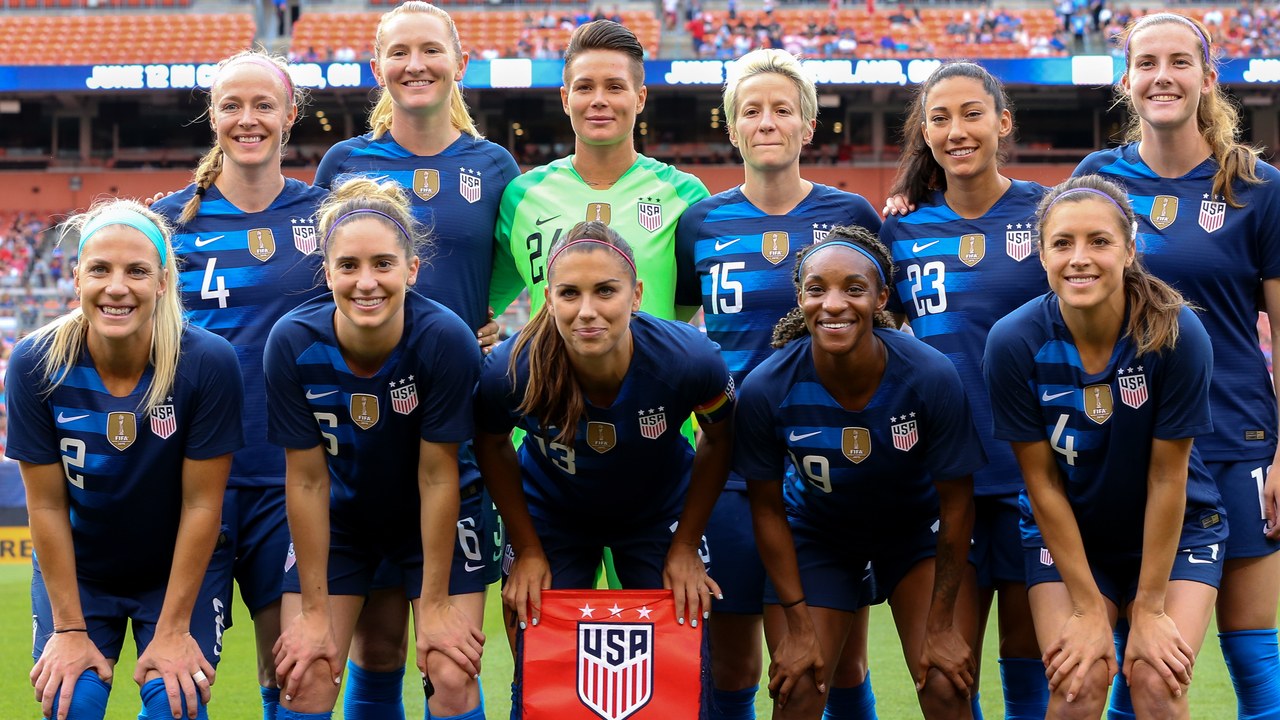The U.S. Women’s Soccer Team is fed up. After years of events involving backlash from the team, on March 8 they filed a gender discrimination lawsuit against the U.S. Soccer Federation on the basis of not receiving the same pay that the men’s team does. The women also claim that they receive lesser working conditions than the men. In addition, the suit asks for every player since 2015 to be fairly compensated, even if they are no longer on the team.
People around the world have begun to realize that this problem is not only apparent in soccer. Women across the whole of sports have extremely minimal salaries when compared to their male counterparts who play the same sport at the same level.
The outrage of the team began in 2015 after the women’s team won at the FIFA World Cup. As a bonus, the federation gave them $1,725,000. However, in the previous year, the men’s team received over $5,000,000, even after losing early in the knockout stage of the tournament. However, one apparent issue with this part of the team’s argument is the fact that FIFA is who formulates these bonuses, not the U.S. Soccer Federation, which is the federation that is involved in the lawsuit.
The 28 women backing the case claim that they play and win more games than the men, but because of the fact that the way men and women are paid is different, they receive less. However, the Federation says women on the team are paid in salary, while men receive money every time they play. It has also been noted that, on average, women receive 40 percent less money than men do from the Federation.
The men’s team pay also depends on the number of viewers per game, and men’s soccer teams tend to get more viewers across the globe, and therefore, they receive a larger pay than the women who are just on salary. However, the Federation has also said that the women receive some treatment, such as healthcare, that the men do not, which helps to account for some of the lost salary.
Another problem with the basis on which soccer players are paid is the amount of money allotted to the men’s team as opposed to the women’s team. The FIFA men’s teams have $400 million to allocate for their 32 teams. Meanwhile, the women’s FIFA teams have $30 million to pay for 24 teams. If divided evenly, each men’s team would receive over $12 million, as compared to just over $1 million per team for women.
Adding onto this problem is ticket prices. The prices for tickets to women’s game are almost always less than that of men’s games due to decreased viewership and lower attendance. This creates a circle of lost revenue in which the Federation is unable to escape from.
One month ago, the women’s team received excellent news regarding the case. They will receive higher base paychecks as well as bonus money for additional appearances. The women also got more financial aid that provides protection if the players get pregnant or choose to adopt. This was a momentous step in the fight for equal pay in the world of sports.





































